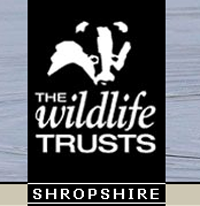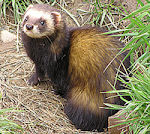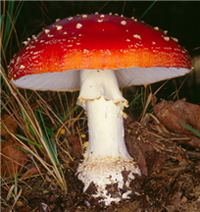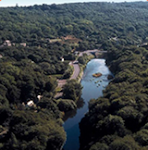Wednesday 17th December 2025, Dingle Farm, Bicton
This week we paid a return visit to Dingle Farm, an arable farm with sheep, cattle and free-range chickens among other animals. An area of the farm has been set aside to encourage improved biodiversity. The north of the site is bounded by the River Severn. A small tributary runs down the western edge in an area known as Bicton Ditch. This was the initial focus of our visit, before we moved northwards and examined various field margins.A foreboding weather forecast threatened continuous rain. In the event, this forecast proved to be about as accurate as usual ie it remained almost completely dry throughout our visit. Generally rather overcast, patches of blue did appear from time to time.
 |
| photo: Keith Fowler |
A fungus, presumed to be Velvet Shank, Flammulina velutipes was spotted on a dead Elm - typical habitat for this species.
 |
| photo:John Martin |
 |
| photo: John Martin |
 |
| photo: John Martin |
who were then joined by the sheep, who came and stared meaningfully at us as we pitched camp for lunch.
various ladybirds including Red Marsh,
Red-rumped,
22- and 16-spot.
Meanwhile a Cream-spot Ladybird was tapped from an area of dead dock plants.
Two small ‘non-ladybird’ beetles found were Paradromius linearis
 |
| photo: John Martin |
 |
| photo: John Martin |
This was our final trip of 2025. We will reassemble at Harton Hollow on 7th January. It only remains for me to wish everyone a Merry Chrismas and a Happy New Year!
Photographs © the author except as noted.







































































